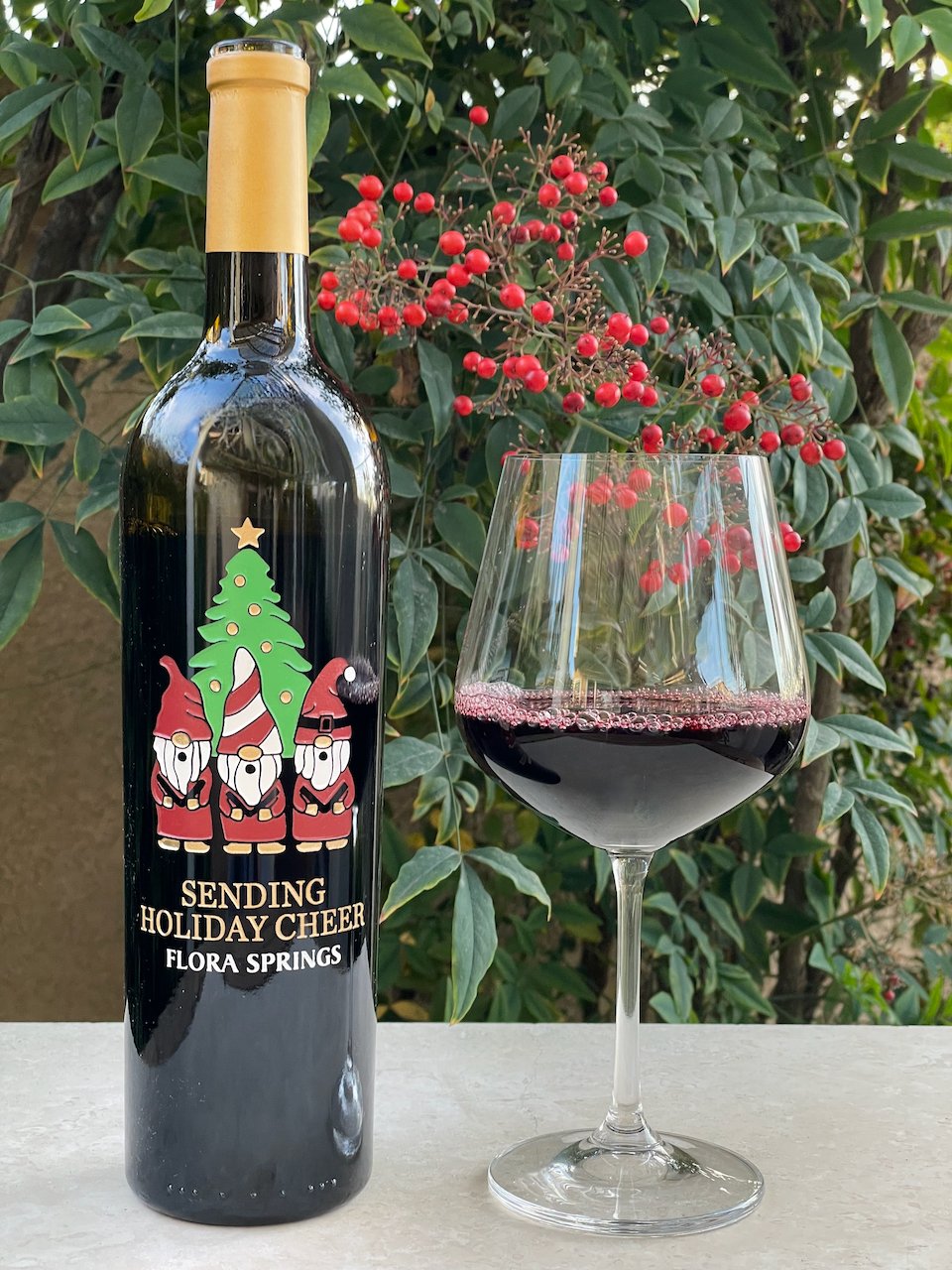Italians really feel the holiday atmosphere starting in late November, but the Christmas season officially starts on December 8th, the Day of Immaculate Conception. On this day many Italian families decorate their home and trees, bake cookies, wrap their presents, and schools and offices are formally closed. Christmas day and Christmas Eve are observed in different ways all over the country, but here’s a sample of Christmas meal traditions and some great wine pairings to go with them:
Riva Leone Gavi
Christmas Eve - The meal for Christmas Eve, La Vigilia, doesn’t have any red meat; it’s all fish and vegetables. That’s in keeping with most meals served on the eve before a religious festival in Italy, you’re supposed to be eating lean to help purify your body for the holiday. A wonderful pairing is one of the many classic Italian white wines, Gavi (aka Cortese). It is named for the town of its origin and has reached the prestigious DOCG ranking. It is a classic wine that is crisp, racy and immensely fresh. The mineral and citrus notes are often why Gavi is paired with seafood dishes, as these notes complement and accentuate the salty-mineral flavors of shellfish and seafood.
Riva Leone Barbera
Christmas Day Lunch - After you’ve refrained from indulging on Christmas Eve, you’re allowed to really eat-up on Christmas Day. Lunch is the main meal. Pasta is a common kickoff to the meal across Italy. In Bologna, it’s all about meat-filled tortellini. A great wine to pair with this meal is Barbera. The medium tannins and bright acidity will match with the richness of fresh pasta. Barbera traditionally has bright red fruit flavors, including cherry and spice, which complements the flavor of the meat.
Acquesi Asti
Dessert - Italians aren’t generally big on desserts, but when it comes to sweets and the Christmas season, all bets are off. Of course, sweet breads, like panettone and pandoro, are popular across Italy. Other desserts include cavallucci, cookies with the image of a horse; dita degli apostoli (“fingers of the apostles”), chocolate- or coffee-flavored ricotta-filled omelets; and mostaccioli, spiced nut pastries. Asti is an excellent dessert wine, and pairs particularly well with fruit-based desserts. Its sweetness and fruitiness complement the flavors of the dessert, while its effervescence cuts through the richness and provides a refreshing contrast.
So, if you’re planning an Italian meal, or any meal, this holiday season, give these wines a try! And, check out the next installment of Behind the Cork™ that will feature more details on each the three wines shown: Riva Leone Gavi, Riva Leone Barbera and Acquesi Asti. Happy Holidays and Cheers!








